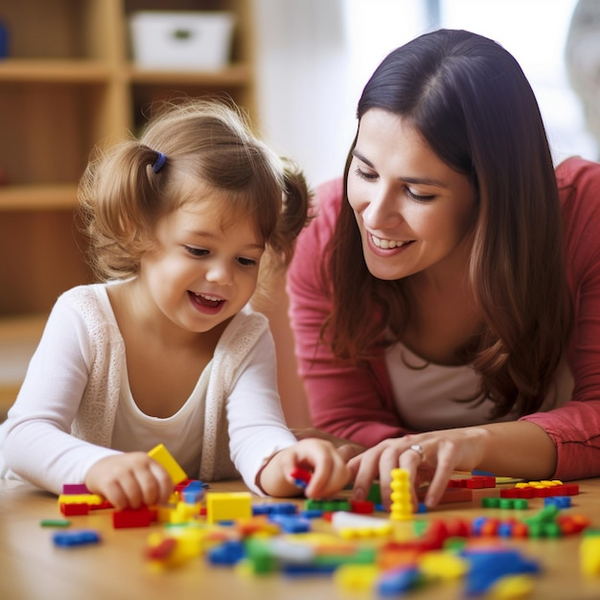
Limiting Baby's Screen Time when You Have Older Kids
Erin Burt
 The struggle is so real that many of us see the inside joke of it all. You’ll see blogs or memes, even psychological studies, about the difference between parenting a first child and later children. With our first child I was able to completely control many circumstances, like television use in the home while baby was present, that have become far more difficult now that multiple children are in the home.
The struggle is so real that many of us see the inside joke of it all. You’ll see blogs or memes, even psychological studies, about the difference between parenting a first child and later children. With our first child I was able to completely control many circumstances, like television use in the home while baby was present, that have become far more difficult now that multiple children are in the home.
These thoughts are useful for any home where there are children with older kids present, no matter the age. If you have a preschooler and middle-schooler, the developmental differences between the two mean your preschooler may have access to more media or inappropriate material based on development (like mature-themed and visually stimulating video games).
We’ve struggled at times with media and multiple children for over three-and-a-half years now, and have found a few things that keep us aware of our children’s needs.
- Keep track of your family’s media and screen use. You can’t address your family’s media use until you assess it. Consider all TV time, even if background noise, as well as tablet, smart phones, video games, and music. I really pay attention to the feeling that screens are on too often, or if I see less-than-ideal behavior consistently creeping up in my kiddos.
- Have quiet times for most of the day. The go-to should be television/tablets off, not on.
- Make programming as baby-appropriate as possible. The younger your other children are, the easier this may be. We have two preschoolers and utilize age-appropriate television, mostly on PBS and Netflix. If our one-year-old does watch from time to time, she see slow-moving, low-stimulating, simple visuals. She gets very excited when she sees or hears Daniel Tiger as opposed to any other show, so she is paying attention! Too much visual stimulation may be linked to a variety of children’s behavioral and cognitive issues, so age-appropriate shows and games are critical at all ages.
- Turn it down! Even if baby isn’t watching the TV the sound can impact his or her focus. Distractions are not only visual but also auditory. Turning down the television, music, or games may prove beneficial to everyone in the family as loud sounds any time can affect our focus and hearing long-term.
- Have a schedule. We don’t keep track every day down to the minute, but our use is routine. I’ve done the math on that routine. I know they get a little more TV than ideal on Saturday but much less on Sunday and somewhere in between during the week. When possible utilize baby nap times or other times when baby is preoccupied to use screens. For example, our preschoolers each get a turn with the iPad usually during our 1-year-old’s afternoon nap.
- Consider if more, fewer, or no televisions are best suited for your situation. We have one television in our home and one tablet. This works for us though we struggle to keep the television hours to APA guidelines. Toys are in two areas of our home so baby can play mostly in the other room when TV is on. Our children generally sit high if using the iPad for their allotted time, keeping baby from interacting with that screen time. Other homes may benefit from multiple televisions in the home, to give more options for media viewing away from baby. APA guidelines suggest no TV in children’s bedrooms.
- Don’t forget your use of media. Set your phone and tablet aside for most of the day, using only as needed, when baby is present. This offers more opportunity for eye contact and interaction, as well as the earliest examples of media use. If baby is around while you watch your morning news or evening show, that is also time that baby encounters the screen. Remember this includes television even while baby is nursing, eating, or playing on the ground. Baby does not have to be watching—even the noise or you being distracted can impact babe if often enough.
Lynette is a mom of three children from one year to age five. She has cloth diapered all three since birth and enjoys all things eco-friendly and mindful living.







